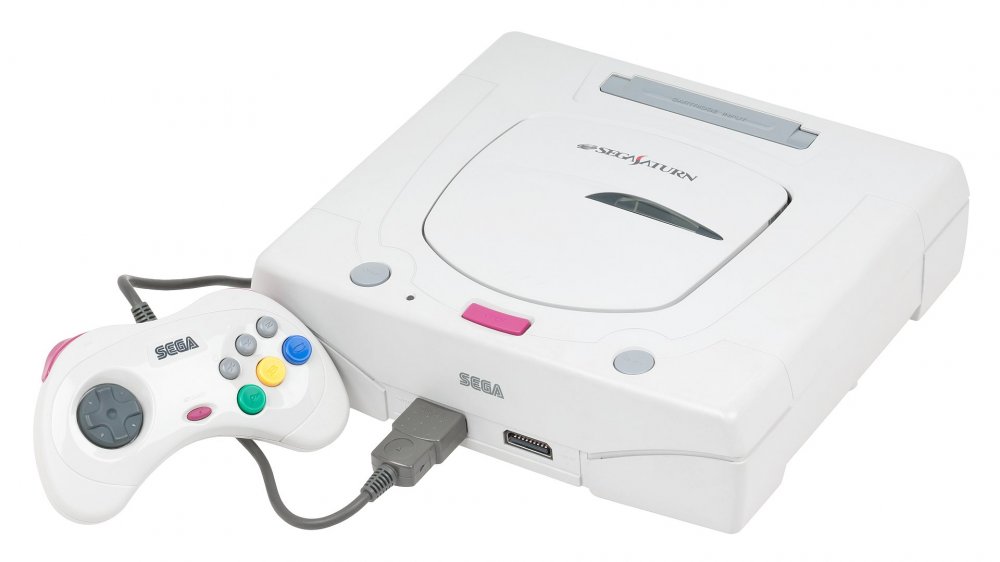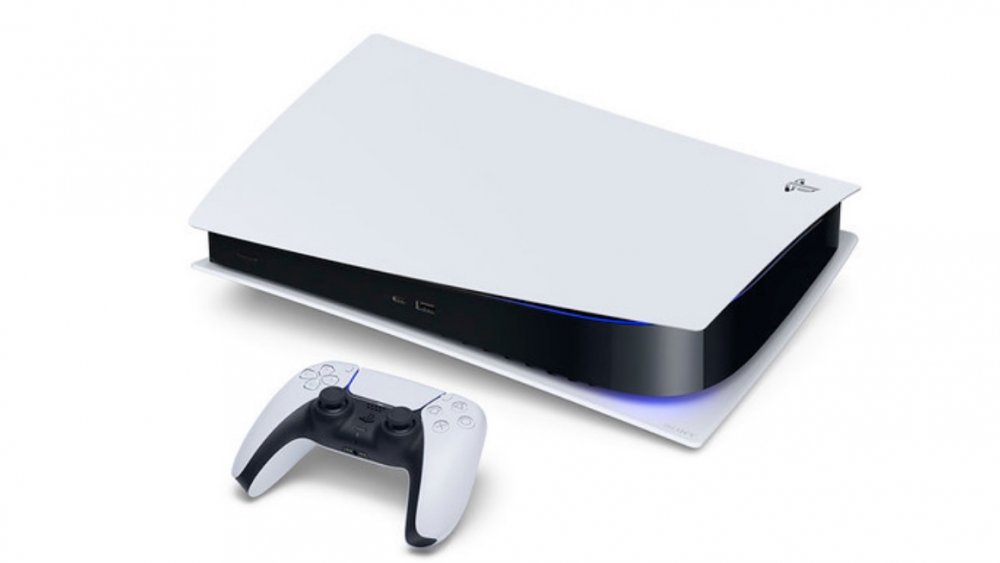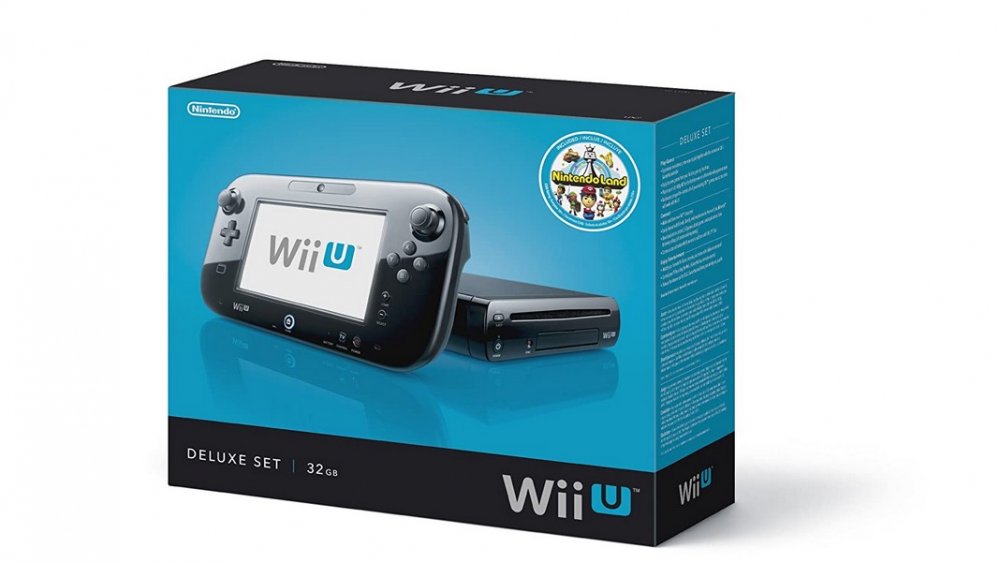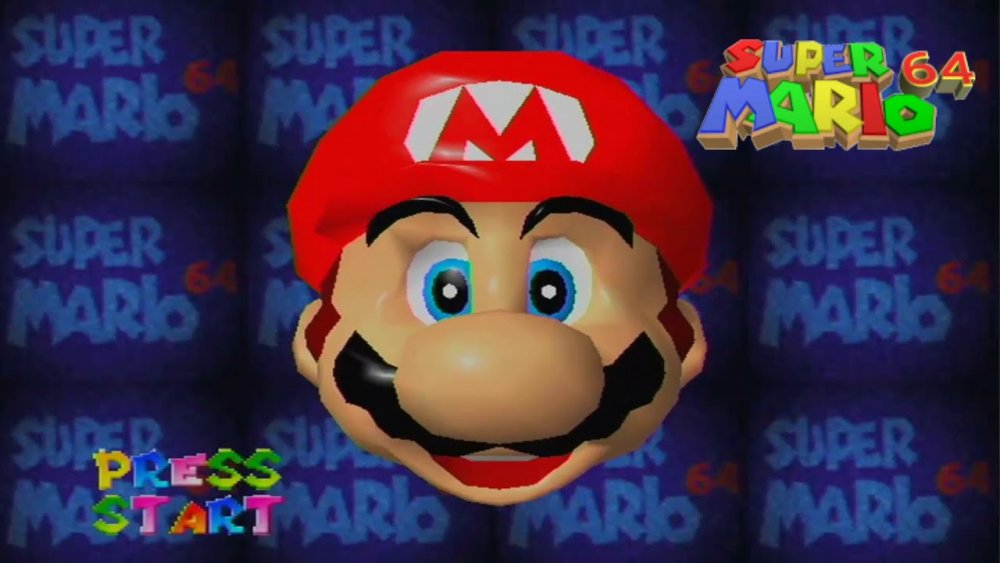Why You May Want To Think Twice About Buying A Console At Launch
While the concept of being an early adopter may seem exciting, you might want to consider another viewpoint as consoles get pricier and technology grows more sophisticated. Time-tested tech can provide fewer hassles for those with time constraints. While standing in line to ensure you're one of the elite few who gets to play a console first could earn you some bragging rights, is it worth it?
As companies introduce consoles, they must balance different elements — relationships with developers, timing, game philosophy, and audience anticipation. Consider the Sega Saturn launch, considered by many a complete failure out of the gate. Releasing early without enough launch titles seemed to hobble the Sega Saturn, allowing competitor Sony to announce the same day the PlayStation would cost $100 less.
Here are a few reasons why you should pass on buying a new console on day one and stick to the old favorites a little bit longer.
The technology might be an issue
A console launch is a complicated thing. If something goes wrong with the new technology, it could cause problems for months, turning a potential moneymaker into a catastrophe.
Remember the Xbox 360's Red Ring of Death? Many early adopters had to deal with this hardware design failure, and the issue ultimately cost Microsoft over $1 billion. While the company did a good job of making that situation right, the situation highlights one of the dangers of buying a console at launch. You never know what kind of issues might be lurking under that aesthetically pleasing cover. Eventually, the Xbox 360 became a success, but those who purchased at launch dealt with some headaches early on.
For months, both Sony and Microsoft have boasted about the stats for their upcoming systems. They sound great, right? But gamers still don't know how that will look in reality. Consider the Xbox One. Microsoft made several missteps when it launched in 2013: The Xbox One offered less power than the PlayStation 4, diluted its appeal with too many extraneous features (mandatory Kinect, anyone?), and cost more. Years down the line, Microsoft has fixed many of these problems, yet Sony gained a lot of ground in the console wars as a result.
You pay more and sometimes get less
Gamers still don't know how much the PlayStation 5 or the Xbox Series X will cost, though there's been plenty of speculation. Microsoft has indicated it may base its pricing on how much Sony charges, and industry watchers are looking at a price tag around $500 for the system. Given that, early adopters will likely have to shell out around half a grand at launch for either console.
As savvy buyers know, there's a window after the initial release during which the price goes down. This can come up to two years after launch, but often includes hardware revisions. With the Xbox One, such a change occurred within months of its November 2013 launch. In May 2014, the company announced a cheaper Xbox One sold without the Kinect. The new version hit shelves the following month for $399.99, matching the price of the PlayStation 4. Meanwhile, the PlayStation 4 didn't see a price drop until late 2015, when it went from $399.99 to $349.99.
The Wii U had its own issues. Considered a flop, its 2012 launch did not meet with success. Nintendo even dropped the price by $50 after less than a year on the market. The Wii U cost $349.99 when it launched in November 2012, and by September 2013 it was $299.99.
Launch titles are often lackluster
In this coming generation, the more sophisticated backwards compatibility and digital capabilities both Sony and Microsoft have incorporated might turn out to be big advantages. That's because, when a console system launches, it often does so without enough great games to play. Meanwhile, good games can make a system, as Halo: Combat Evolved did for the original Xbox.
Among the lackluster gaming lineups for a console's launch, you'll find several PlayStation iterations. PlayStation 2 launched with around 30 titles (the number varies depending on what source you're using) — a decent number, but the titles were heavy on the sports and fairly forgettable. Yet the system went on to become a success. So, if you waited, you were more likely to have many gems available to you.
The PlayStation 3 launched with about 14 games. It was reportedly difficult to make games for, and cost $600 to boot. Eventually, the system turned a profit with over 1,000 games available, but players had to be patient.
Lest you think Sony was the only one with this problem, many of Nintendo's launches have also been decidedly lackluster, with approximately 2-31 games at launch. Yes, the Nintendo 64 debuted in the U.S. with just Super Mario 64 and Pilot Wings 64 (both good games, though). The Nintendo 64 did eventually offer almost 300 games.




